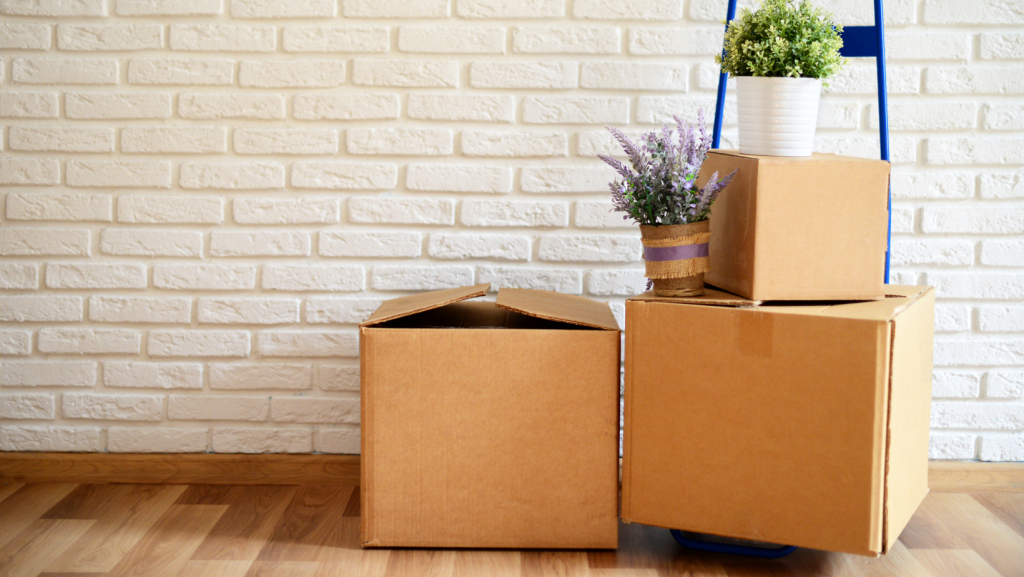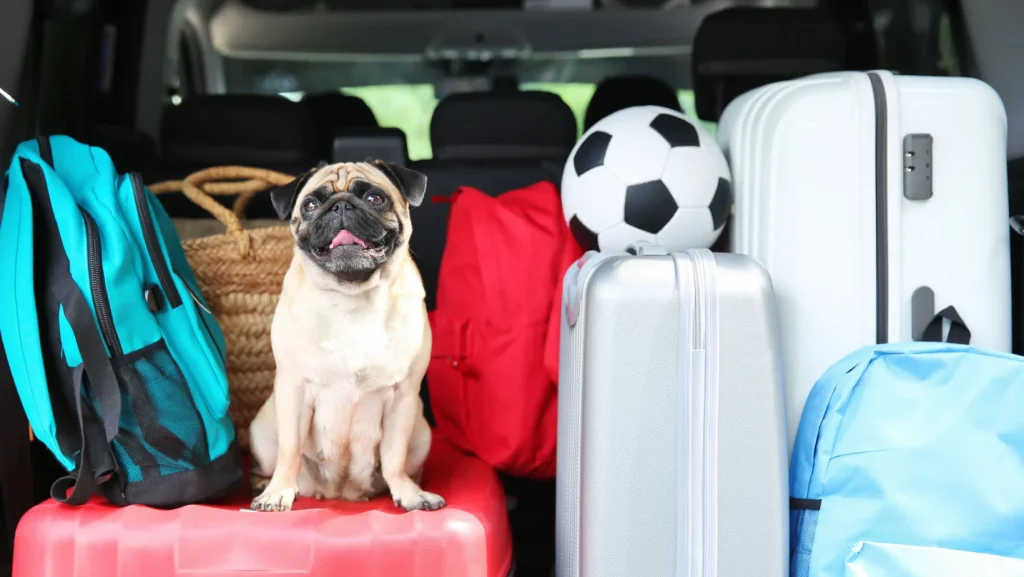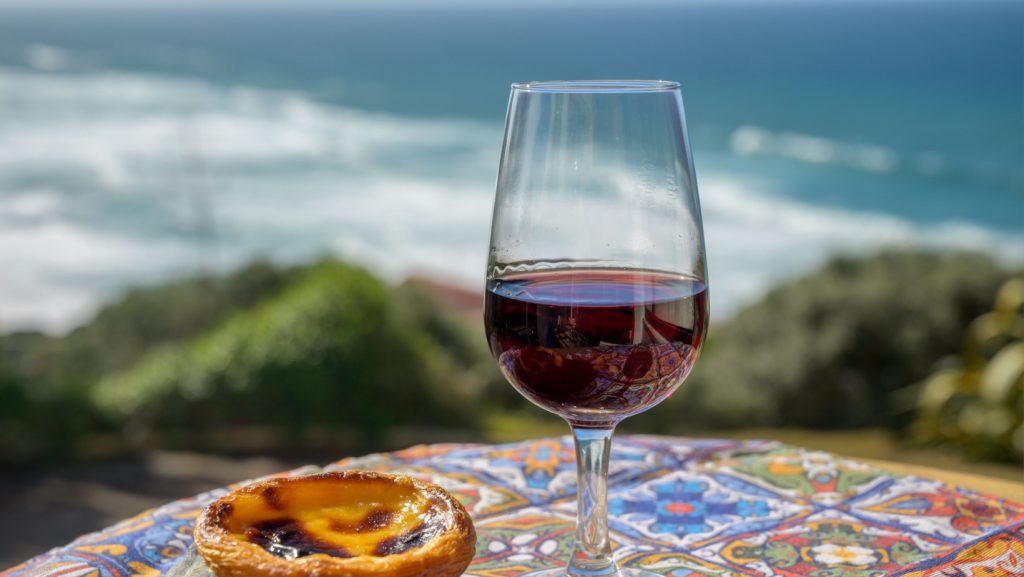One of the most frequent questions asked when a person is considering a move to Mexico: “Is it safe?”
It’s a fair, instinctive question to ask – instinctive because we like to protect ourselves, and fair because a lot of what we see and hear puts Mexico in a negative light. The news always seems scary, movies have never met a cartel they didn’t want to dramatize, and “it happened to me” TikToks far outstrip the “I went to Mexico and nothing happened” ones.
Here’s some reality: Movies like to highlight cartels because a family eating dinner, two kids whining about homework, and an hour of TV before bed would make for an extremely boring film. Real or invented horror stories that reinforce people’s perceptions of a country get lots of views. And the concept of “safety,” when you break it down, involves numerous considerations – some of which will be priorities for you, and some of which won’t.
So here’s what you need to know about the overall safety – “safety” – of Mexico.
By the numbers
The hard statistics about factors that influence safety can’t be ignored. But they can be massaged, misused, and misunderstood to affect the way they’re interpreted. A little bit of context can make a big difference.
- We’re not going to not acknowledge that Mexico does have high rates of violent crime, mostly related to cartels. But we can also acknowledge that, as in any country, that doesn’t make the country universally dangerous – while some cities are among the most dangerous, others are among the world’s safest. (And multiple U.S. cities have their own place of honor on the Most Dangerous list.)
- One 2023 study revealed that 175,000 people in Mexico were affiliated with cartels, making them, essentially, Mexico’s fifth-largest employer. That said, the U.S. Justice Department reports 1 million gang members in the U.S. during that time, making it the U.S.’s third-largest employer.
- You might note that the U.S. State Department has issued a Level 2 travel advisory for Mexico, indicating travelers there should “exercise increased caution.” It puts Mexico in the company of countries like Rwanda and Sierra Leone – and countries like France, Denmark, and the nightmarish hellscape that is Vatican City.
Putting the data in context doesn’t change the numbers, but it does give you a framework to understand what they mean. Jen Barnett has a particularly nuanced view of the subject, as co-founder of Expatsi and as an immigrant herself who moved to Mérida in 2020.
“Mérida is actually listed as one of the safest cities in all of the Americas, and it has 1/40th as many murders per capita as Birmingham, Alabama – where I come from,” Jen says. “I felt safe in Birmingham, so I definitely do here.”
Perception
Perception also plays a major part. In U.S. News’ 2024 ranking of the world’s safest countries, based on perception, Belgium tops the list. But on the World Population Review’s statistically based ranking, Belgium comes in at 16th. The simple belief that a given country is safe or unsafe is its own reinforcement.
And, of course, those depictions of Mexico in media only add to the negative perception – fictionalized cartel violence makes for more dramatic filmmaking, and real cartel violence makes for more dramatic news reporting, to the point that positive depictions of Mexico aren’t found outside of Pixar films. (And that negative image includes a literal image – the warm, sepia-toned “Mexican filter” that makes a setting look hot, gritty, and threatening.)
But, as in any country, the fictional drama is far from representative of the reality of life in Mexico. “Keep in mind that Mexico is huge, and 130 million people go about their business every day completely unaware that millions of Americans are afraid of them,” Jen says wryly.
A deeper degree of safety
The question of safety takes on extra nuance when you’re part of a marginalized group. When you often find yourself targeted – due to your race, religion, sexual orientation, or other factor – other concerns arise. Do laws protect or oppress people like me? Will authorities enforce those laws if a problem arises? Will my new neighbors accept and embrace me, regardless of what the law says?
Can I live my life openly and authentically, without fear of persecution? In some ways, statistics can provide insight – Equaldex, for instance, provides an index determining which countries are the most LGBTQ-friendly. (Mexico is ranked 25th.) But it can’t provide data on whether a given city, or neighborhood, would be welcoming to a new LGBTQ neighbor. Additional, more personal research is required, because “safe” goes beyond statistics.
Kenny Upton moved to Nuevo Nayarit with his husband earlier this year. “We don’t have to look over our shoulders when we’re out in public. We don’t have to worry about people treating us differently,” Kenny says. “At the end of the day, I’m free to be who I am, as is my husband, and we go about our mundane existence without thinking twice that anyone even pays attention to us. Which is the safest and most secure feeling we can have as a gay couple living in Vallarta.”
But is it safe, though?
Short answer: For the most part, no more or less so than any country you’re likely to visit, overall.
Real answer: When you ask, “Is it safe?” you’re really asking a different question: “Will I feel safe?” And that one is, if anything, the most complicated of all – the answer depends more on your perceptions than on anything about the country itself.
Will the laws protect me, particularly where any potentially marginalizing factors come into play? What do the overall statistics look like in the context of the regions I’m interested in? What have I been seeing on the news, and where are those things happening? Have I recently binged Ozark and maybe come up with some skewed ideas?
Only you can determine if a country is “safe” by your standards. But that can be a good thing – it means other people’s opinions on the subject won’t dictate your own, “horror stories” don’t have to really be horrifying, and your personal visit to Mexico can be comfortable and enlightening.
But is it safe, though?
Jen hears that question a lot. “Every day, people ask if I feel safe in Mexico,” she says. “But what I mostly feel in Mexico is gratitude, being welcomed to a place that’s so special and joyful.”







